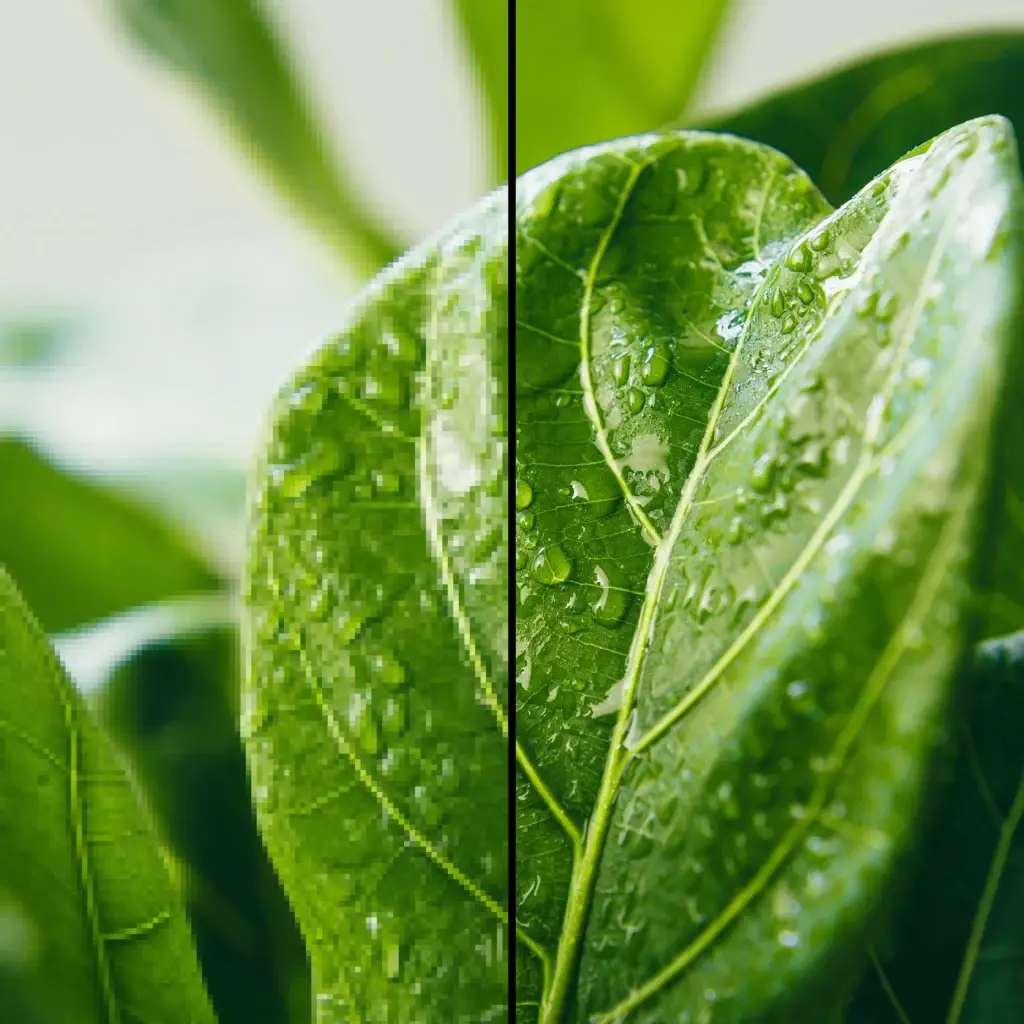

When digitizing film and printing photographs, there’s often confusion between DPI (dots per inch) and PPI (pixels per inch). These terms are frequently misunderstood, leading many to think that higher PPI always equates to better quality. In this blog post, we’ll clarify these concepts and explain their roles in digitizing film and printing, particularly focusing on how these apply in our processes at Graination.
PPI, or pixels per inch, is a measure of the pixel density of a digital image. It indicates how many pixels are present in one inch of the image. For example, a digital image with a resolution of 72 PPI has 72 pixels per inch. PPI is crucial in the context of digital displays, as it affects how sharp an image appears on a screen. However, PPI doesn’t impact the quality of the image itself or the amount of detail it contains. It’s simply a way to describe the pixel density of a digital file.
DPI, or dots per inch, is a measure of the printed resolution of an image. It tells you how many dots of ink the printer lays down in one inch of the printed image. Higher DPI generally means more detail and sharper images when printed. Printers use DPI to determine how closely the dots are packed together on the print medium. A common standard for high-quality prints is 300 DPI, which ensures a crisp and clear image.
When we digitize film at Graination, the resulting digital files often have a PPI of 72 or 96, depending on the setting. This might seem low, but it’s important to understand that PPI in this context only describes the pixel density of the digital file, not its overall quality or the amount of detail it contains. A common misconception is that higher PPI means better quality. However, the quality of a digital image is determined by the total number of pixels, not just the PPI. For instance, a large digital image with 72 PPI can have the same amount of detail as a smaller image with a higher PPI. PPI is just a mathematical representation and doesn’t necessarily indicate that an image with a higher PPI has more detail.
When it comes to printing, DPI is the critical factor. To achieve high-quality prints, a higher DPI setting, such as 300 DPI, is recommended. This setting ensures that the printer places more dots of ink per inch, resulting in a sharper and more detailed print. However, the original digital file’s resolution must support this level of detail. If the file doesn’t have enough pixels to match the desired DPI, the printed image may look pixelated or blurry.
Understanding the difference between PPI and DPI can help you make better decisions when digitizing your film and printing your photographs. At Graination, we ensure that your digital files and prints meet the highest standards, preserving the detail and beauty of your original images.
For more information on our film digitizing and printing services, visit our website or contact us directly. We’re here to help you achieve the best possible results with your photography.
At Graination, we are dedicated to providing top-notch film digitization and printing services. Our expertise ensures that every image, whether digitized or printed, retains the highest quality possible. By understanding and applying the correct PPI for digital files and DPI for printing, we guarantee that your photographs look their best both on screen and in print.
For expert film digitization and printing services, trust Graination. Visit our website or reach out to us directly to learn more about how we can assist you in preserving and showcasing your photographic work.